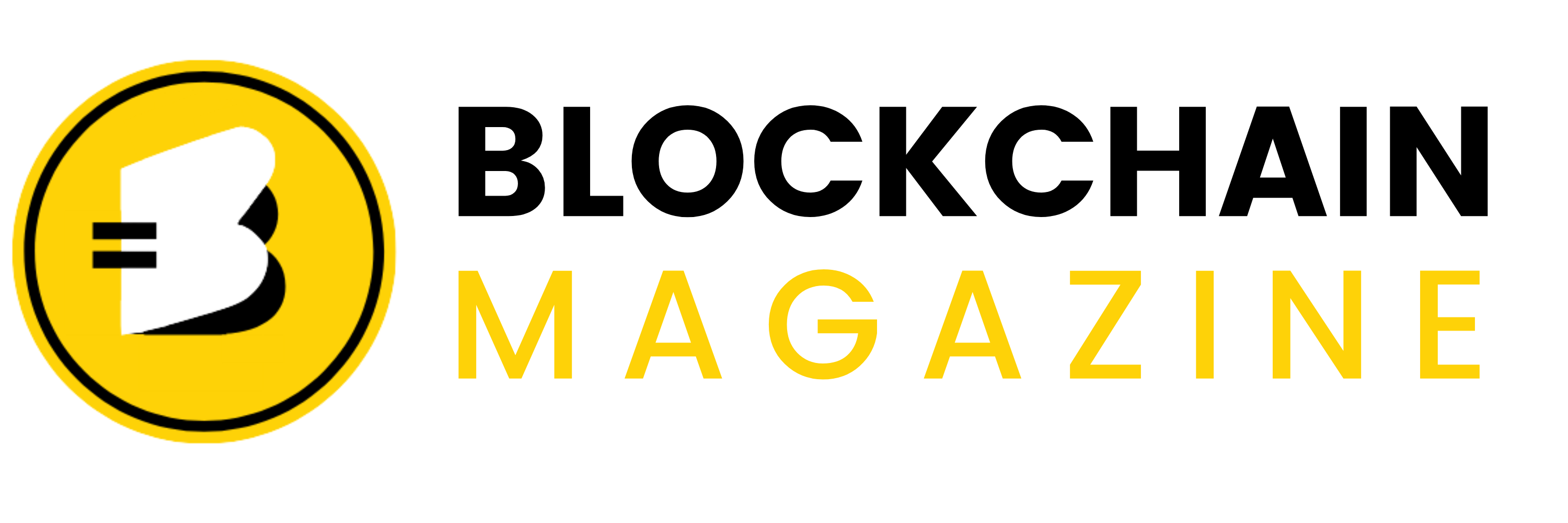The Impact of Blockchain on Healthcare Data Management
Using blockchain technology improves medical information handling in healthcare. Healthcare systems now do better patient care while strengthening security measures with the help of blockchain technology.
The Challenges of Traditional Healthcare Data Management
The healthcare system shows significant problems when handling its medical data system. Key challenges include:
- Centralized medical databases become easy targets for cybercriminals who can steal private patient healthcare data.
- Healthcare providers use different electronic health record systems which stop information from moving between systems easily.
- People with medical records do not usually get enough power over their data while health systems spend more time and effort on duplicate work.
- Keeping track of patient data requires human staff and leads to high operating costs while staff erroneously handles medical reports.
How Blockchain Transforms Healthcare Data Management?
Blockchain technology develops a protected shared database that solves management problems by:
1. Enhanced Security and Data Integrity
Healthcare data is made both secure and distributed across multiple sites in the blockchain system. The medical system keeps trustworthy data records which no one can change without group agreement.
2. Improved Interoperability
Blockchain technology develops one secure system that helps healthcare providers connect their EHR systems effectively. Medical teams share data more efficiently which enhances patient care coordination while lowering the chances of healthcare errors.
3. Patient-Centric Control Over Data
Through blockchain technology patients become the true owners of their medical information and can assign access rights to healthcare providers when required. This feature lets people take better control of their healthcare needs without releasing their personal information.
4. Efficient Insurance and Billing Processes
The blockchain technology runs automated insurance claim verifications which stop deceit and lower payment processing costs. When everything is clearer patients receive faster payment results.
Real-World Applications of Blockchain in Healthcare
A number of healthcare organizations now use blockchain technology for their services.
- MediBloc uses blockchain to let patients control their health records and make reliable medical information available to healthcare providers.
- BurstIQ runs a blockchain system that lets doctors use medical data safely in line with patient privacy protection rules.
- The healthcare system at IBM Watson Health relies on blockchain technology to secure medical information properly and make sharing data simpler for everyone involved.
- Guardtime assists governments and healthcare organizations in shielding patient healthcare data.
Future Prospects and Challenges
The healthcare sector can greatly benefit from blockchain technology but it still faces important obstacles to overcome.
- Blockchain networks need to handle large health data volumes across global healthcare systems smoothly.
- Followers of healthcare regulations like HIPAA and GDPR must design proper integration procedures.
- Organizations must invest in blockchain systems while training their staff and getting healthcare participants to use them for adoption.
Conclusion
The healthcare industry improves patient care when blockchain helps manage sensitive data securely through various systems while increasing patient control over their information. The developing technology shows potential to decrease healthcare expenses while making better healthcare systems and better patient results. People who want to know all about health and other industry blockchain progress should follow crypto market trends.
Stay informed with daily updates from Blockchain Magazine on Google News. Click here to follow us and mark as favorite: [Blockchain Magazine on Google News].
Get Blockchain Insights In Inbox
Stay ahead of the curve with expert analysis and market updates.
latest from tech
Disclaimer: Any post shared by a third-party agency are sponsored and Blockchain Magazine has no views on any such posts. The views and opinions expressed in this post are those of the clients and do not necessarily reflect the official policy or position of Blockchain Magazine. The information provided in this post is for informational purposes only and should not be considered as financial, investment, or professional advice. Blockchain Magazine does not endorse or promote any specific products, services, or companies mentioned in this posts. Readers are encouraged to conduct their own research and consult with a qualified professional before making any financial decisions. The featured image used is just a creative depiction of the title and it does not intend to hurt sentiments of any person or institution. If it hurts anyone sentiments, please do not hesitate to reach out to Blockchain Magazine.

 Bitcoin
Bitcoin  Ethereum
Ethereum  XRP
XRP  Tether
Tether  Solana
Solana  USDC
USDC  Dogecoin
Dogecoin  Cardano
Cardano  Lido Staked Ether
Lido Staked Ether  TRON
TRON  Wrapped Bitcoin
Wrapped Bitcoin  Chainlink
Chainlink  Wrapped stETH
Wrapped stETH  Sui
Sui  Avalanche
Avalanche  Stellar
Stellar  Hedera
Hedera  Toncoin
Toncoin  Shiba Inu
Shiba Inu  LEO Token
LEO Token  Hyperliquid
Hyperliquid  Bitget Token
Bitget Token  Litecoin
Litecoin  WETH
WETH  USDS
USDS  Polkadot
Polkadot  Bitcoin Cash
Bitcoin Cash  Ethena USDe
Ethena USDe  Wrapped eETH
Wrapped eETH  MANTRA
MANTRA  Uniswap
Uniswap  Pepe
Pepe  Ondo
Ondo  Aave
Aave  Monero
Monero  NEAR Protocol
NEAR Protocol  WhiteBIT Coin
WhiteBIT Coin  Mantle
Mantle  Official Trump
Official Trump  Aptos
Aptos  Dai
Dai  Internet Computer
Internet Computer  Ethereum Classic
Ethereum Classic  Bittensor
Bittensor  Cronos
Cronos  OKB
OKB  POL (ex-MATIC)
POL (ex-MATIC)  Gate
Gate 




